The narrow road rose and fell with the craggy landscape as we climbed, and then disappeared over, the mountains. It’s said to be one of the most beautiful roads in Scotland; a claim we could appreciate even in poor weather. The low cloud spoiled what would be a spectacular view from Bealach na Gaoithe of Loch Torridon and the Torridon Hills. But occasionally the sun would break through, beaming small circles of light on the landscape.
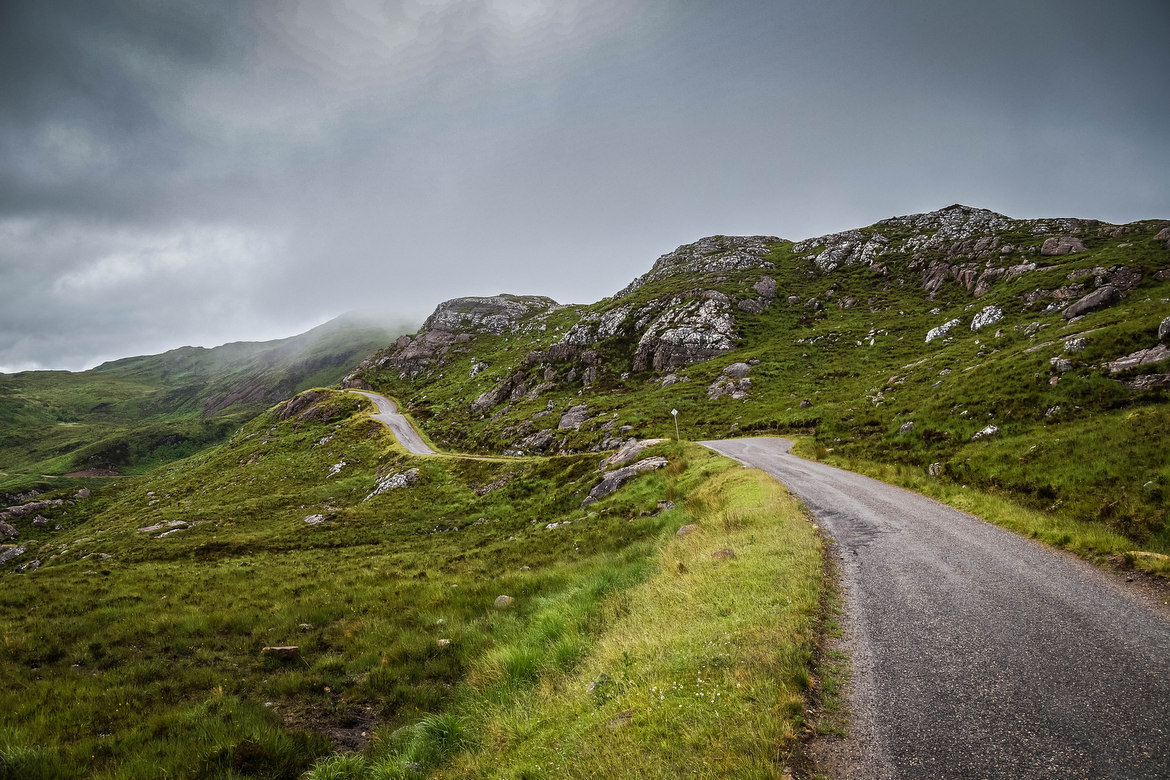
A rattling cattle grid sounded our entry into Upper Diabaig; home to a reported population of one. The road then descended into the subsequently named Lower Diabaig, winding past a scattering of whitewashed cottages. A few cars were parked at the end of the pier, while the road trailed off beside more white cottages.
This hamlet, 10 miles from Torridon in the Northwest Highlands, was the end of the road.

We had detoured to Lower Diabaig from the North Coast 500 at the word of a friend. It followed three and a half days behind the wheel. Our stops had been frequent, but fleeting. There was so much to see that we always felt dragged back to the road.
But there, in a remote fishing village protected from the rest of the world by mountains and water, we stopped.
I’d expected Lower Diabaig to be another brief stop; we’d walk around, snap a few photos, and then jump back in the car to see what was around the next bend, over the next mountain. There didn’t seem much to keep us there any longer.
The row of weathered buildings at the end of the pier looked abandoned. A few buoys and cages were scattered about, but there was no sign of the fishing boats that apparently pull in there. There were a couple of small boats anchored in the bay, and a third was being manoeuvred out of the water onto the back to a trailer. The restaurant, however, was unexpected.
Dutchman Aart and his Scottish partner Amanda opened Gille Brighde in 2012, after spotting the old schoolhouse on a Highlands Council website listing unwanted buildings. A dog called Star slept under a table. Two others sat under another, while their owners had some beers. On a wet and windy Sunday afternoon there was only one table free.
The menu was extensive despite the obstacles that must come with running a business in a place like this. By the time we’d poured our second cup of tea, we’d decided to return for a roast dinner a couple of hours later.

Enigmatic and charming, Lower Diabaig seemed like a place full of stories – except there weren’t many clues. We poked around the remains of a 68-foot trawler exposed on the rocky shore. There’s no information about the wreck at the site, but from what I later read, the Dayspring broke its moorings during a hurricane in 2005 and ended up in Lower Diabaig. Now it’s an eerie prop for photographers.
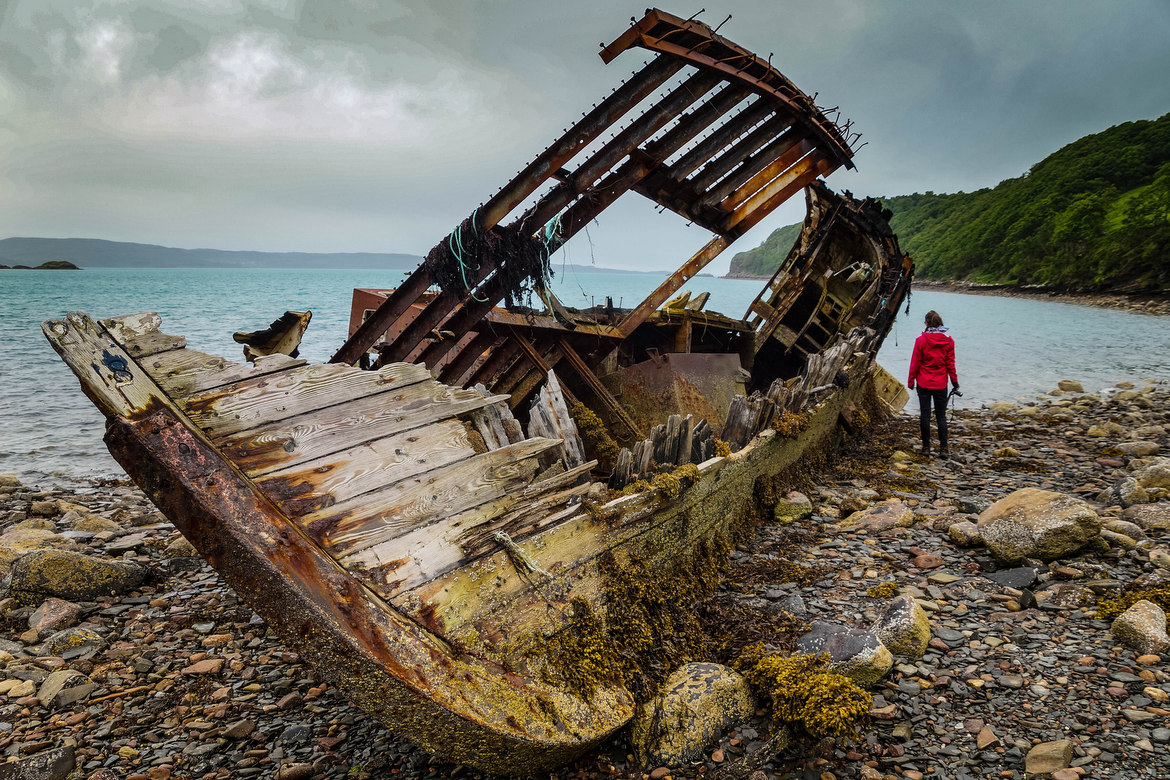
Aart suggested we spend the night in a bothy a couple of miles away in the hills. With the weather closing in, we ruled it out, but strolled along the start of the track. These days, there is only one road in and out, but tracks like this across the mountains once connected Lower Diabaig to other settlements.
Perhaps it didn’t always feel this isolated.
Over dinner, Aart told us he reckons about 25 to 30 people call Lower Diabaig home. Many of the houses are second homes; some operated as holiday rentals. He reminds us Inverness is only two hours away. While we sat in that old schoolhouse, tucking into a dessert of apple and ginger cake, it felt much further.
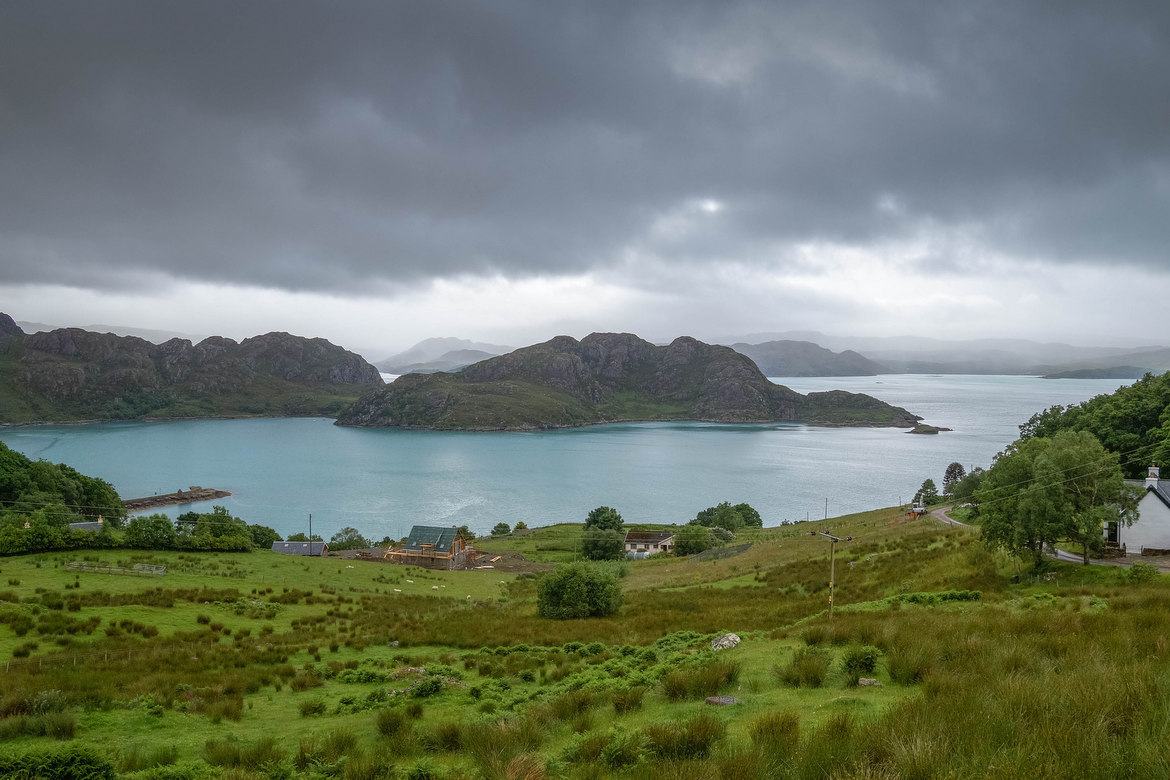

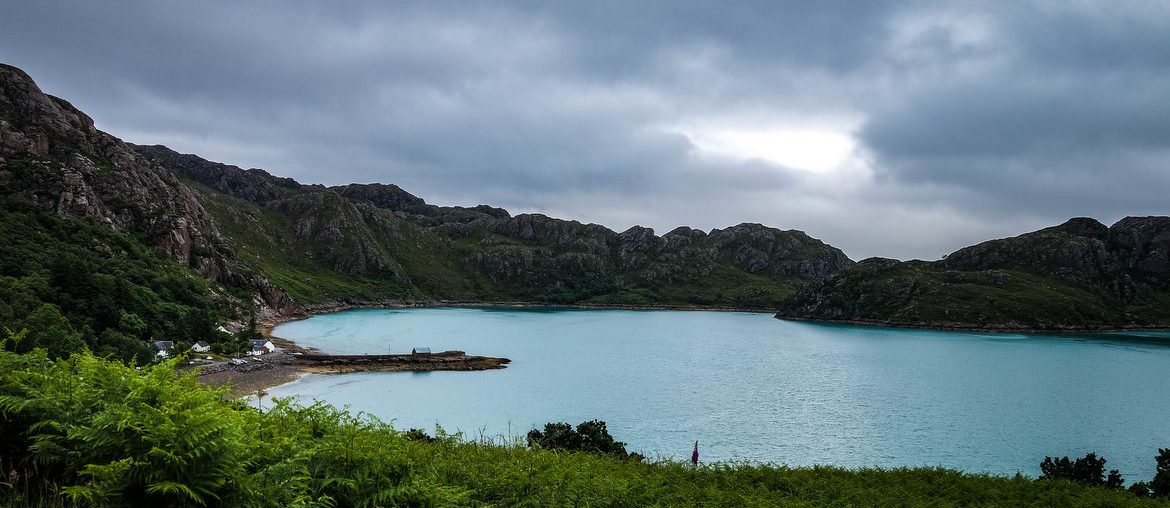





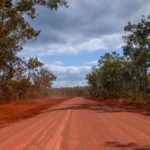
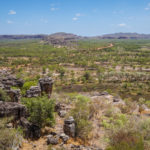
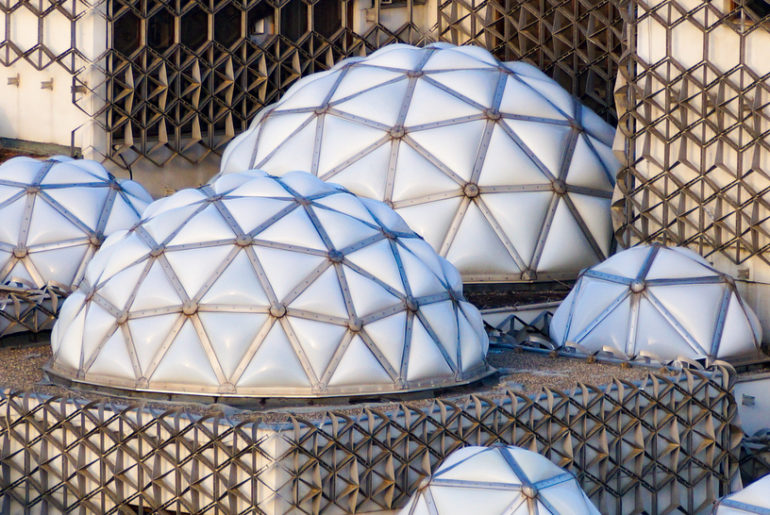
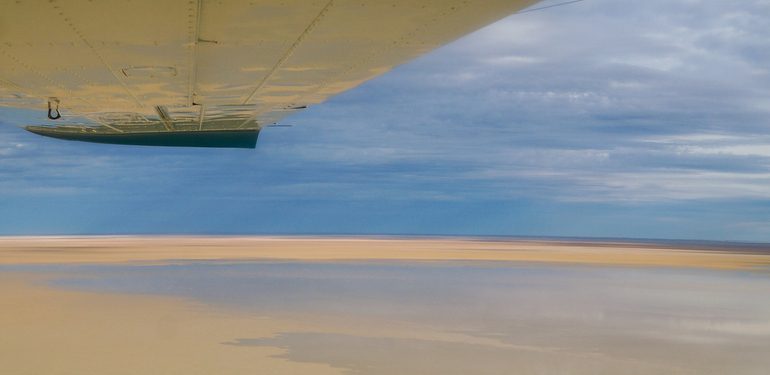
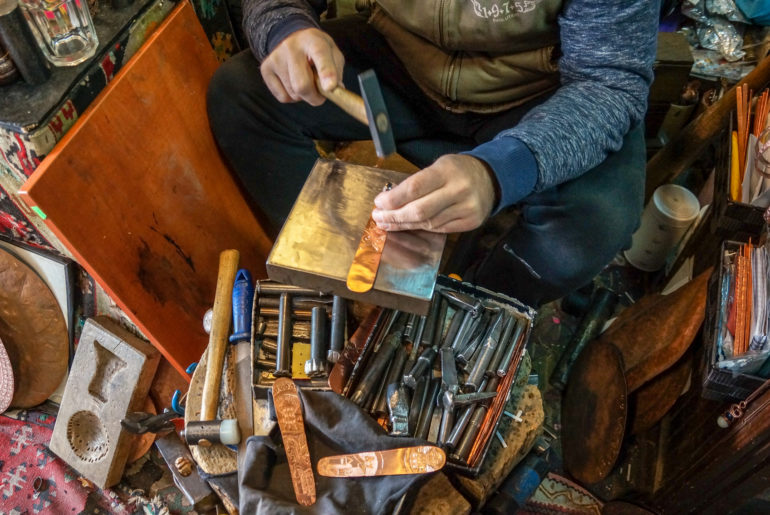
2 Comments
Lovely pictures. Also just visited the beautiful place. Thanks for sharing.
a terrific description. we have been to lower Diabaig twice and stayed with friends who have lived their for 5/6 years. the restaurant is an absolute delight run by two super people. we have spent many a happy and full evening their. they were very courageous in starting up the business but the impression we got from other visitors we met was that distance to go to a decent restaurant was not a problem
excellent article